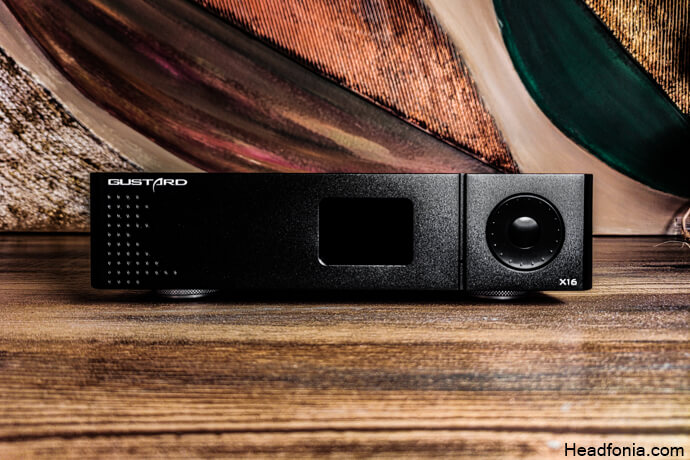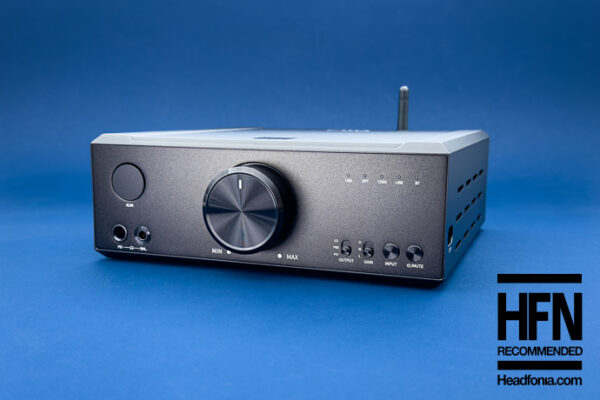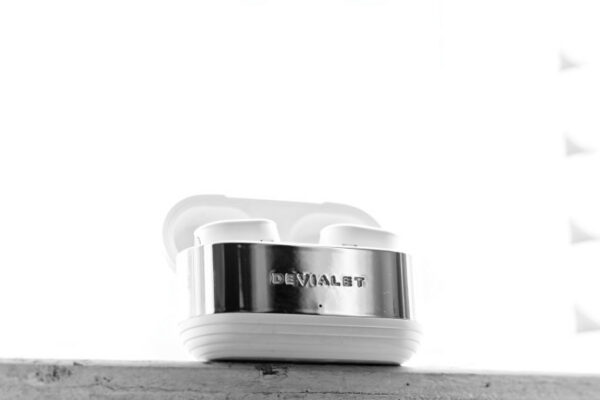Accessories & Build Quality
The Gustard X16 arrives in a cardboard box. Unfortunately, the box was fiercely opened by the customs department, so I am not going to hurt your eyes and take this one for the team. Upon opening the top lid of the box, you see a protective compartment that holds the X16 and the accessories. The accessories are modest. You get a USB-A to USB-B cable, which seems to be of good quality, a remote, a Bluetooth antenna and a power cable along with the warranty card. Unfortunately, my sample’s manual was missing. However, it can easily be found on the web.
The X16 is a thick device, it is not compact-ish like the Topping D30 Pro or SMSL SU-9, it is bigger and thicker than both. Compared to the Topping D70s, the Gustard X16 occupies less space on the desk despite that it is thicker. I especially like the DAC feet that Gustard placed under it. They look well and the rubber pads absorb vibrations quite nicely. Although it does not matter to me, as it is a desktop device, the X16 is not a light DAC. I wouldn’t recommend carrying it around.
As for the design and the build quality, it is excellent. CNC machine-milling seems perfect and I can’t find any rough spots or imperfections. The matte black finish looks very sleek and smooth. It is also available in silver color. Writing an article about a Gustard product jogged memory and now, I remember the AMP’s model name that I used a couple of years back. Its name was Gustard H10. I remember that it had a great build quality and it is very nice to see that Gustard stayed true to their core values throughout the years. The X16’s buttons, sockets, plugs, pretty much everything about it is made to last.
Let’s talk about the layout. The device does not look complicated. On the front, it has a low-profile rotary volume wheel accompanied by a monochrome OLED screen. The screen shows information about the volume level, sample rate, PCM/DSD/MQA status, and active input. The volume wheel has a button in the center of it and it can be pressed on. It offers 90-step volume control. On the rear, you have plenty of in & out options. From left to right I/O options are as follows: XLR, RCA, HDMI IIS, optical, AES, coaxial, and USB. As I mentioned before, sockets and plugs are made of good quality parts and they will not disappoint you in long term.
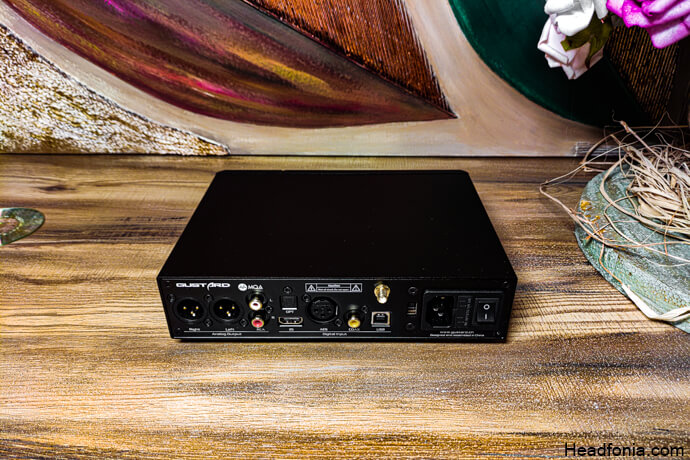
Technology Inside
This is where the real magic happens. The board is tightly and neatly packed with a lot of higher-end components. Let’s start with the DACs. The X16 uses two ES9068AS DACs in dual configuration. ES9068AS is a flagship-tier DAC chip from ESS Technology. It is the successor of the 9038Q2M, which we have seen integrated in plenty of good devices. The X16 has an integrated ALTERA CPLD chip to improve & regulate signal stability for a better signal to noise ratio. As for the opamp stage, the X16 uses OPA1612 operation amplifiers, which are well-known and liked in the industry. Upon inspecting the board, we also see that it has a comprehensive filtering setup, including LDOs, worthy of high-end devices. I see a couple of femtosecond oscillators on the board as well as a couple of Nichicon capacitors. Moving on to the power supply, the X16 uses a toroidal linear power supply to maximize performance. I will talk about the USB and the Bluetooth chip in the features section. The performance on paper is certainly impressive and I am quite excited to talk about the sound, on the next page.
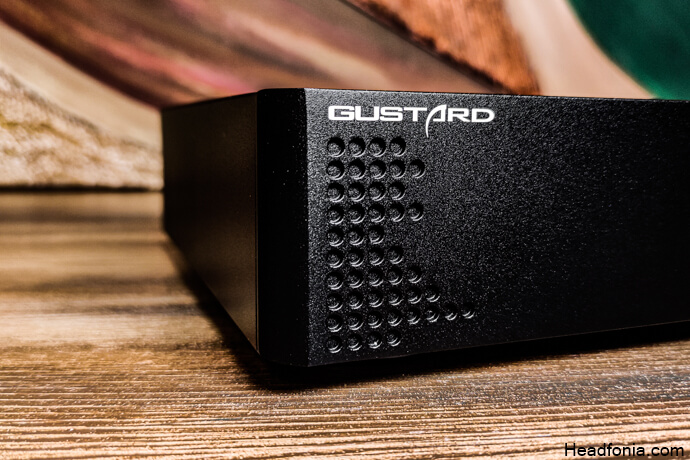
Features
The Gustard X16 is a multi-purpose, feature-packed device. It has rich I/O options, as well as Bluetooth 5.0 capability via Qualcomm’s flagship-tier CSR8675. The chip supports the LDAC codec for all your high-fidelity over-the-air needs. I must also state that the BL range is very good, I can change tracks through 2 thick walls, without any problems. The same can be said about stability. I’ve never had a drop-out during my time with it. As for the USB chip, of course, Gustard went with the XMOS’s xCORE-200 series 16 core XU216 processor, which offers native MQA decoding. If you don’t know what that is, let me explain. In a nutshell, Master Quality Authenticated (MQA) is an audio codec that lets you stream songs in Master/HiFi quality. After capturing and recording the performance, MQA folds the file to make it small enough to stream or download. They call this ”Music Origami”. Products with a full MQA decoder, like the X16, unfold and decode the file to deliver the highest rate for the user. There is something the Gustard X16 does differently from other DACs here. It also supports hardware decoding of MQA through COAX/AES/OPT/IIS as well. The device automatically recognizes and renders the MQA digital stream. If you want to try it, the popular streaming service Tidal supports it.
Let’s talk about the menu and navigation. There are very few devices that offer good control without a remote, fortunately, Gustard is one of them. Menu and settings can be accessed quickly via remote or the button on the front. The menu can be used to change the PCM filter, as the X16 offers 3 different filters for you to choose from. Their effect on the sound is really minimal, I personally liked the default filter. You can test them yourself and find what you like. Additionally, there are a few more options that you can play with like the non-oversampling mode, BT power options, phase invert setting, display & brightness control. As for my night owl fellows, yes, the DAC screen has an auto-off feature that turns off the screen after 10 seconds of no operation.
The review continues on Page Two, after the click HERE or by using the jump below.
Page 1: Intro & Specs
Page 3: Sound Analysis





